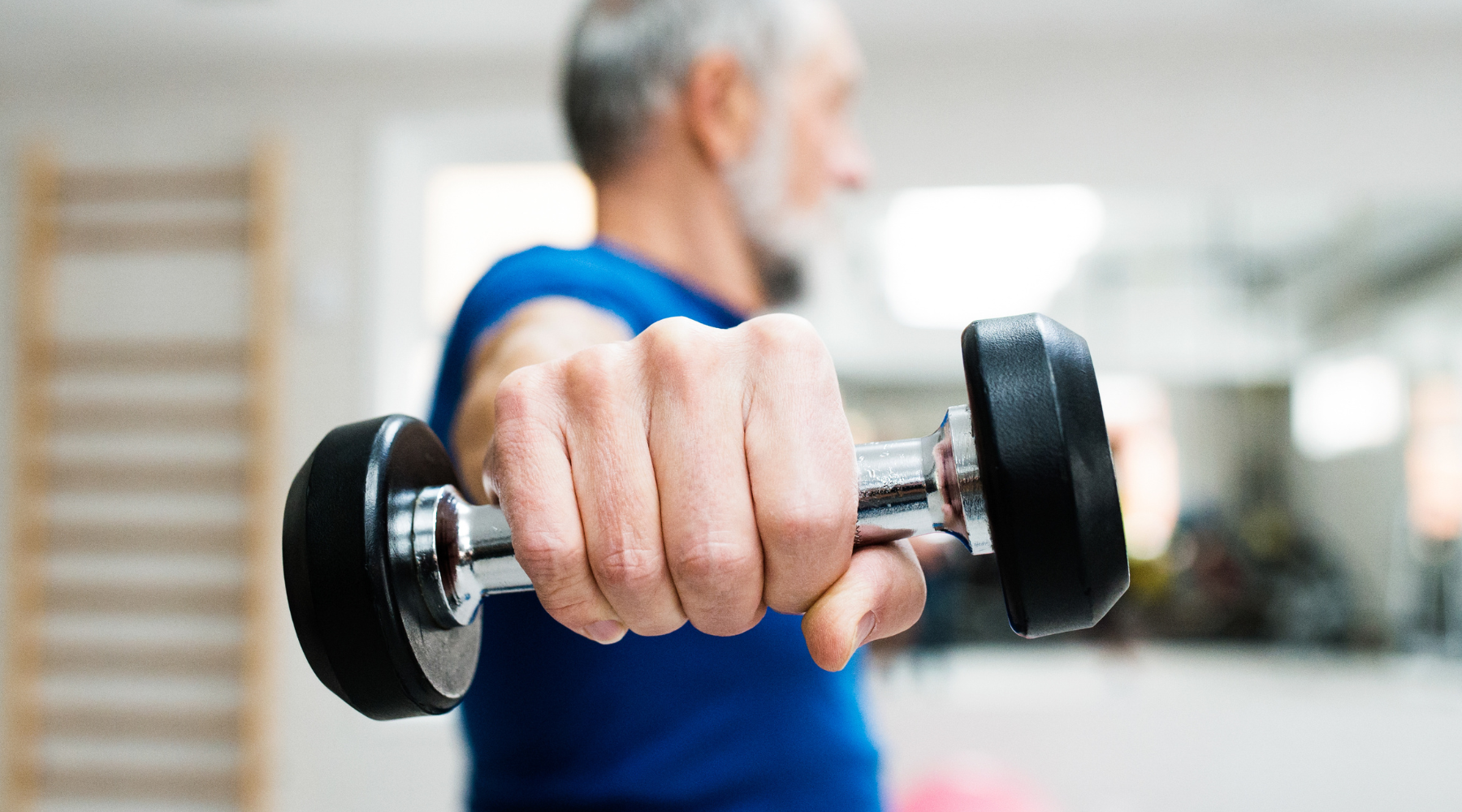Intermittent fasting has gained significant attention as an effective approach for weight loss and overall health improvement. However, when it comes to targeting specific areas of the body, like belly fat, many people wonder, "What is the best intermittent fasting window to lose belly fat?"
In this comprehensive guide, we will explore the relationship between intermittent fasting and belly fat, discuss various fasting windows, and provide tips to help you achieve your belly fat loss goals effectively.
Understanding Belly Fat
Before delving into intermittent fasting, it's crucial to understand what belly fat is and why it can be challenging to lose. Belly fat comes in two main forms:
Subcutaneous Fat: This type of fat lies just beneath the skin and is responsible for the soft, pinchable layer you can feel when you touch your belly.
Visceral Fat: Visceral fat is located deep within your abdomen and surrounds your internal organs. It's the type of fat associated with various health risks, including heart disease, diabetes, and certain cancers.
Losing belly fat requires a holistic approach that combines dietary changes, physical activity, and, in some cases, intermittent fasting.
Read more: Losing Weight Fast: is it good for you?
Intermittent Fasting and Belly Fat
Intermittent fasting is an eating pattern that alternates between periods of eating and fasting. This approach to eating has gained popularity for its potential benefits in terms of weight management and overall health. One particular area where intermittent fasting shows promise is in reducing belly fat, which is often considered challenging to shed. Let's dive deeper into how intermittent fasting can be effective in tackling belly fat.

The main mechanisms through which intermittent fasting may help reduce belly fat include:
Calorie Restriction
Intermittent fasting often leads to a natural reduction in calorie intake. When you consume fewer calories than your body needs for energy, it begins to tap into stored fat reserves, including visceral fat. Visceral fat, the type of fat that accumulates around your internal organs, is often associated with increased health risks, including heart disease and diabetes. By reducing calorie consumption, intermittent fasting can initiate the process of burning these fat stores.
Read more: Calorie Deficit - The Simple Secret Behind Losing Weight
Enhanced Fat Burning
During fasting periods, insulin levels drop. Insulin is a hormone that regulates blood sugar levels by helping your cells absorb glucose. When insulin levels are high, your body primarily relies on glucose for energy. However, when insulin levels decrease during fasting, your body shifts to an alternative energy source: stored fat. This metabolic state is known as ketosis, where fat is broken down and converted into ketones, which can be used as an energy source. This enhanced fat burning can contribute to overall fat loss, including from the abdominal area.
Improved Insulin Sensitivity
Intermittent fasting can enhance insulin sensitivity. Insulin sensitivity refers to how effectively your cells respond to insulin. In cases of insulin resistance, which is common in individuals with abdominal obesity, cells do not respond well to insulin, leading to elevated blood sugar levels and increased fat storage. By improving insulin sensitivity, intermittent fasting may reduce the risk of insulin resistance and its associated health issues.
Now, let's explore some common intermittent fasting windows and determine which one might be the best choice for targeting belly fat.
The Role of Fasting Windows in Targeting Belly Fat
When it comes to intermittent fasting, one of the most common questions people ask is, "What is the best intermittent fasting window to lose belly fat?" While there's no one-size-fits-all answer, understanding how different fasting windows work and their potential effects on belly fat can help you make an informed choice.
The 16/8 Method
The 16/8 method, also known as the Leangains protocol, is one of the most popular intermittent fasting approaches. It involves fasting for 16 hours each day and restricting your eating to an eight-hour window. For example, you might eat between 12:00 PM and 8:00 PM and fast from 8:00 PM to 12:00 PM the next day.
This method is relatively easy to incorporate into daily life, making it suitable for many individuals. It often results in a natural reduction in calorie intake, which can contribute to fat loss, including belly fat.
The 5:2 Diet
The 5:2 diet, another intermittent fasting strategy, involves consuming a regular diet for five days of the week and significantly reducing calorie intake (typically around 500-600 calories) on two non-consecutive days. While it can lead to overall fat loss, it may not specifically target belly fat.
This approach may be less suitable for those looking to lose belly fat as it focuses more on overall calorie reduction than on specific fat loss in the abdominal area.
Eat-Stop-Eat
Eat-Stop-Eat is a more intensive intermittent fasting method that entails fasting for a full 24 hours once or twice a week, consuming no calories during the fasting period. While it can be effective for overall fat loss, including belly fat, it may be challenging for beginners.
People considering this method should gradually build up their fasting duration to ensure they can comfortably complete a 24-hour fast.
Alternate-Day Fasting
Alternate-day fasting involves alternating between days of very low-calorie intake (around 500 calories) or complete fasting and days of regular eating. Research suggests that this method can lead to both weight and belly fat loss.
This approach can be effective, but it requires strict adherence and may not be suitable for everyone, especially those new to intermittent fasting.
The Warrior Diet
The Warrior Diet is a more extreme form of intermittent fasting. It involves fasting for 20 hours and eating one large meal during a four-hour evening window. While it may lead to calorie reduction and fat loss, it can be difficult to sustain due to its extreme nature.
People considering the Warrior Diet should ensure they can meet their nutritional needs during the limited eating window.
Which Is the Best Fasting Window for Belly Fat?

The "best" intermittent fasting window for losing belly fat may vary from person to person. The most effective approach is one that aligns with your lifestyle and preferences, as adherence is key to success.
That said, both the 16/8 method and alternate-day fasting have shown promise in reducing belly fat. The 16/8 method is relatively easy to incorporate into daily life, making it suitable for many individuals. It often results in a natural reduction in calorie intake, which can contribute to fat loss, including belly fat.
Alternate-day fasting, while more intensive, may provide more pronounced results in terms of belly fat reduction. However, it requires strict adherence and may be challenging for beginners.
Ultimately, the best fasting window is one that you can sustain over the long term. Consistency, balanced nutrition during eating windows, regular physical activity, and listening to your body's signals are key to success in any intermittent fasting regimen.
Read more: How Diets Can Work for You
Tips for Effective Belly Fat Loss with Intermittent Fasting
Combine Fasting with a Balanced Diet: While intermittent fasting can be powerful for fat loss, it's essential to consume a balanced diet during eating windows. Focus on whole, nutrient-dense foods to support overall health.
Stay Hydrated: Drink plenty of water, herbal teas, and other non-caloric beverages during fasting periods to stay hydrated and curb hunger.
Exercise Regularly: Incorporate both cardiovascular and strength training exercises into your routine to further enhance fat-burning and overall fitness.
Prioritize Sleep: Aim for sufficient, quality sleep, as sleep deprivation can lead to weight gain, including belly fat.
Monitor Progress: Keep track of your food intake, fasting windows, and exercise regimen to assess your progress and make necessary adjustments.
Consult a Healthcare Professional: If you have underlying health conditions or concerns, consult a healthcare provider or registered dietitian before starting an intermittent fasting regimen.
Factors to Consider When Choosing an Intermittent Fasting Window
When embarking on your intermittent fasting journey to target belly fat, it's essential to consider several factors to determine the best fasting window for your specific needs and lifestyle. Here are some key considerations:
1. Individual Goals
Your goals play a significant role in selecting the right fasting window. If your primary objective is to lose belly fat while preserving muscle mass, a balanced approach like the 16/8 method may be suitable. On the other hand, if rapid weight loss is your goal, more intense fasting methods like alternate-day fasting might be considered.
2. Adherence and Sustainability
The best fasting window for you is one you can sustain over the long term. Consider your daily routine, work schedule, social commitments, and personal preferences. A fasting method that aligns with your lifestyle is more likely to be successful.
3. Hunger and Comfort
It's essential to listen to your body and assess how different fasting windows make you feel. Some people may experience increased hunger and discomfort during longer fasting periods, while others adapt more easily. Choose a fasting window that keeps you comfortable and energized.
4. Physical Activity
Your level of physical activity can influence your choice of a fasting window. If you engage in intense workouts, ensure your eating window allows you to refuel and recover adequately. Some may prefer to exercise during their fasting period, while others opt for post-meal workouts.
5. Health Conditions
Consider any underlying health conditions you may have, such as diabetes, thyroid issues, or metabolic disorders. Consult with a healthcare professional before starting intermittent fasting, especially if you have specific medical concerns.

6. Nutrient Intake
Pay attention to the quality of your nutrient intake during eating windows. A fasting window that encourages balanced, nutrient-dense meals supports overall health and weight loss goals.
7. Meal Timing
The timing of your meals within the fasting window can impact your results. Some people prefer to front-load their calories with an early eating window, while others find it more comfortable to eat later in the day.
8. Social and Cultural Considerations
Consider how fasting may align with your social life and cultural practices. Be mindful of how fasting may affect social gatherings, family meals, or religious observances.
9. Consistency
Consistency is key in any fasting regimen. It's better to choose a fasting window that you can adhere to regularly rather than opting for an extreme approach that becomes unsustainable over time.
10. Monitoring and Adjustments
Keep a journal to track your progress, including changes in weight, body measurements, and energy levels. If you're not seeing the desired results, be open to adjusting your fasting window or strategy as needed.
Determining the best intermittent fasting window to lose belly fat involves a personalized approach that considers your goals, lifestyle, comfort, and health. While there's no one-size-fits-all answer, methods like the 16/8 window and alternate-day fasting have shown promise in reducing belly fat.
Remember that the key to success with intermittent fasting lies in consistency, balanced nutrition, regular physical activity, and listening to your body's signals. It's always a good idea to consult with a healthcare professional or registered dietitian before embarking on any fasting regimen, especially if you have specific health concerns or conditions.
There's no one-size-fits-all answer to the question, "What is the best intermittent fasting window to lose belly fat?" so it's essential to consider your individual goals, comfort, and health factors when selecting a fasting method.
Before starting any intermittent fasting regimen, especially if you have underlying health conditions or concerns, consult with a healthcare professional or registered dietitian. With careful consideration and a personalized approach, intermittent fasting can be a powerful tool in your journey to achieve your belly fat loss goals and enjoy the overall health benefits it can offer.




